
In depth
Joanne Sandler: “Links between Section J and patriarchy need to be high on the agenda of feminists worldwide”
This year’s Commission on the Status of Women (CSW) outcomes set off some alarm bells of concern about the lack of political space for civil society in the CSW process. While the Commission adopted a Political Declaration that reaffirms states’ commitment to the Beijing Declaration and Platform for Action, it failed to confront the real challenges that women and girls around the world face at…
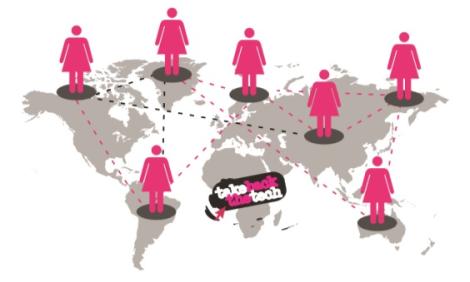
Publication
Infographic: Mapping technology-based violence against women - Take Back the Tech! top 8 findings
Did you know that women between 18-30 years old (and younger) are the ones most vulnerable online? And did you know that the majority (40%) of cases are perpetrated by someone known to the survivor? Check out this infographic that draws on the 1126 cases reported on the Take Back the Tech! online map from 2012 to 2014.
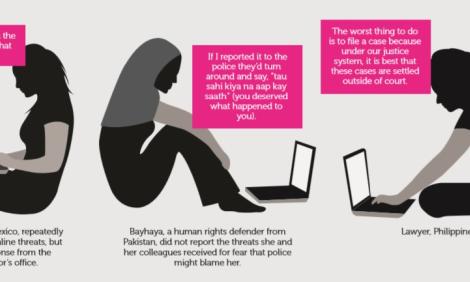
Publication
Infographic: 4 reasons women struggle to access justice in tech-based VAW
Did you know that less than half of reported cases of technology-based violence against women (VAW) are investigated by the authorities? Check this infographic to know more about our "From impunity to justice: Exploring corporate and legal remedies for technology-related violence against women" research findings.
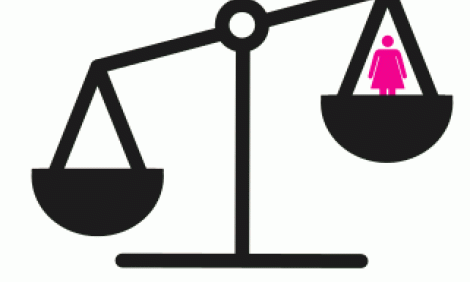
In depth
From impunity to justice: Exploring corporate and legal remedies for technology-related violence against women
A new series of reports by the Association for Progressive Communications presents findings from a multi-country research project on technology-related violence against women (VAW). The research – which reveals a lack of access to justice for survivors – highlights the voices and experiences of women who have faced technology-related VAW and sought justice through state agencies and internet…
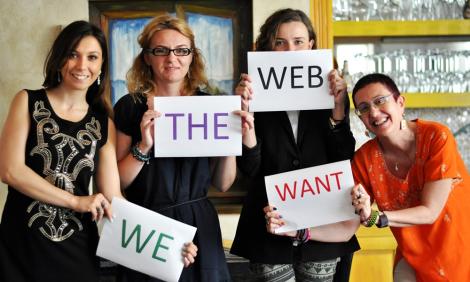
Exploring remedies for technology-based violence against women
In this GenderIT.org edition, our collaborators take a moment to reflect and celebrate. They celebrate the great Take Back the Tech! campaign developed in late 2014 that for 16 days brought together women from around the world to reclaim their right to expression online. They also reflect on the first load of findings from the “End violence: Women’s rights and safety online” project research…
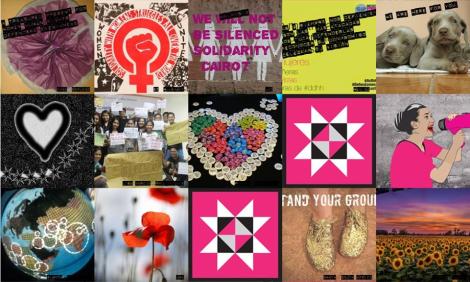
Editorial
How doing the research became a game-changer for me
It is an honour for me to introduce this edition of GenderIT.org. This particular issue brings together articles on some of the most important aspects of technology-driven violence against women, hitherto not well understood by the general public, governments or institutions. Much of the material in this issue draws on extensive research conducted by the Association for Progressive Communications…

In depth
Violence against women online: What next steps intermediaries should take
In the response to abuse and threats that women face, are the technology big names like Facebook, Twitter and others taking tangible steps? In this article, GenderIT.org collaborator Rafia Shaikh explores the most outstanding points from a new research report developed by Rima Athar for the APC’s “End violence: Women’s rights and safety online” project on Improving Corporate Policies, which talks…

In depth
Protecting the right to freedom of expression: Strategies of survivors of tech-related violence against women
Tech-related violence against women hinders freedom of expression (FOE) as it creates an environment of fear, intimidation, violence, social isolation and impunity. This article written for GenderIT.org by Bianca Baldo explores the effects of tech-related VAW on women's rights to FOE, providing insight on human rights law, the different forms of tech-related VAW, the reasons behind it, the…

In depth
Virtual is real: Attempts to legally frame technology-related violence in a decentralized universe
In this article written for GenderIT.org, Lamia Kosovic explores some trends in legislation addressing tech-related VAW and stresses that “legislation itself will not solve the problem of VAW in digital spaces,” affirming that laws have to be accompanied by educational campaigns on the gendered nature of harm in digital spaces. “And it is urgent to expand our understanding of what survivors are…
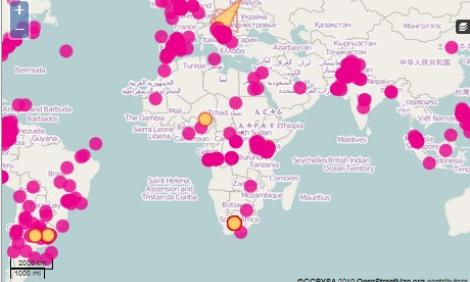
In depth
Mapping as a strategy to disclose online violence against women
When the APC Women's Rights Programme decided to use the Ushahidi map to collect information about the online violence that many women around the world were enduring, the aim was to gather evidence and show how ICTs can be used to perpetrate violence against women. In two years, from July 2012 to July 2014, almost 500 cases denouncing the use of ICTs and online spaces to perpetrate violence…




